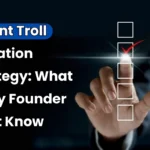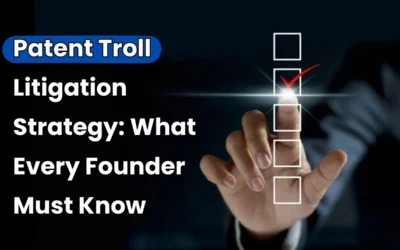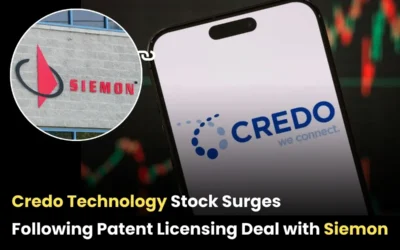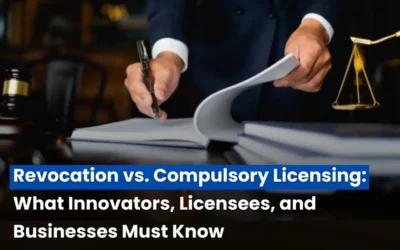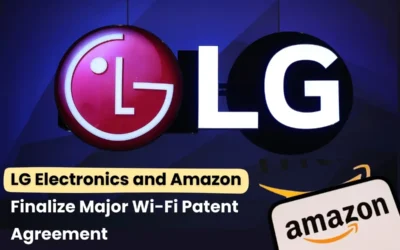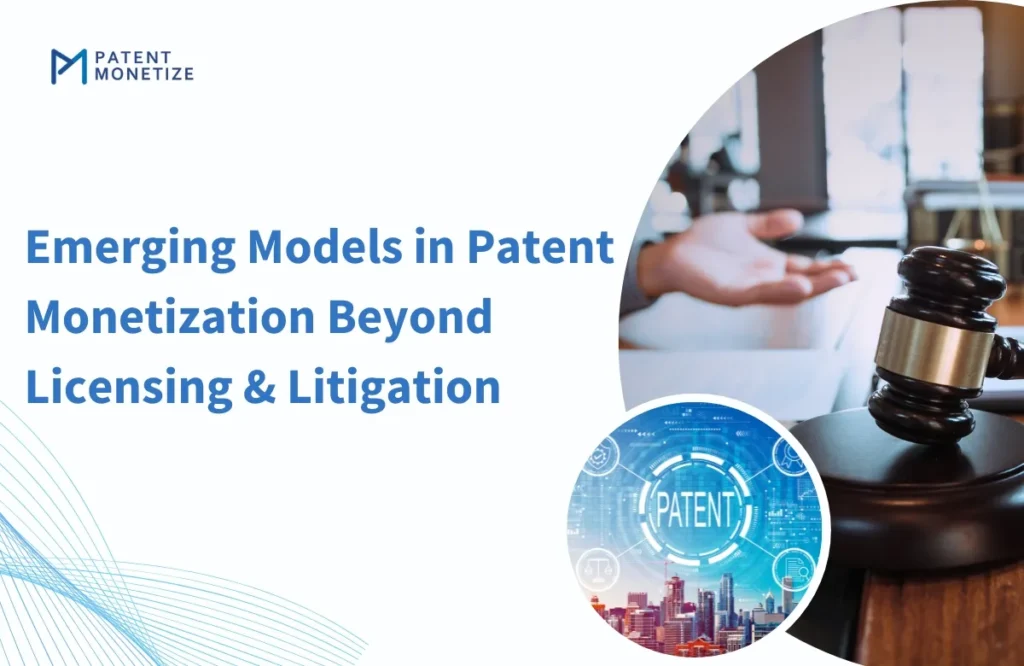
Patents are not weapons of legal definitions anymore—that was then. Today they are business assets that earn fat dollars. While conventional models such as patent license agreements and patent litigation suits have been the meat and potatoes of patent monetization, new and developing models are redrawing the rulebook. These new models provide patent owners greater flexibility, greater incentives, and new means of accessing the potential of their intellectual property (IP). In this blog, new-edge patent monetization models beyond licensing and litigation will be presented.
Traditional Patent Monetization Methods
The conventional patent monetization strategies must be presented before the new models:
- Patent Licensing: Allowing another to use your patent for a fee or royalty. Licensing is a long-term contract and is a steady source of revenue but will have a tendency to lead to dispute over terms and use.
- Patent Litigation: Enforcing patents by court action against infringers for settlement or damages. Litigation can be lucrative but will generally be expensive, time-consuming, and legally hazardous.
Even though these are successful methods, they are expensive, time-consuming, and risky in terms of legal expenses. In light of the shifting patent environment, the owners of patents desire other options.
Emerging Models in Patent Monetization
1. Patent Securitization
Patent securitization is packaging patents as securities and selling or mortgaging them as collateral to raise loans. Patent securitization motivates patents, which are attractive to investors and grant immediate access to money to patent owners.
How It Works:
Patent owners sell patent rights to an SPV. The SPV issues securities of future patent royalties or proceeds from patent sales. Investors buy securities, and patent owners are compensated.
Benefits:
- sells illiquid patents to exchangeable securities
- Sells to institutions
- demonstrates immediate cash flow
- Stresses avoidance of reliance on litigation
Illustration: Intellectual Ventures have securitized patent portfolios to fund innovation and future acquisition.
2. IP-Backed Financing
Firms and start-ups pawn their patents in exchange for money. Banks and venture capitalists also commit to include the value of IP assets in making loan proposals.
How It Works:
The value of the portfolio of patents is estimated and, depending on its value, the loan is granted. Upon default by the borrower, the owner can acquire and sell the patents.
Benefits:
- Availability of capital without equity dilution
- Patent valuation lends business credibility
- Suitable for young, early-stage business
Example: IP financing is more prevalent in sectors such as biotech, where patents represent large chunks of a company’s worth.
3. Patent Pools
Patent pools refer to one or more patent owners combining their IP collection and licensing out en masse. It is suitable for cross-over patent types, i.e., telecoms and software.
How It Works:
Patent owners get together and form a patent pool for a base technology. The patent pool is managed by a licensing entity, and the licensing entity negotiates with manufacturers and technology developers.
Benefits:
- Facilitates consumer licensing
- Reduces risk of patent litigation
- Offers balanced patent owner rewards
- Offers cooperative action inducement to competitors
Illustration: MPEG LA is a well-established patent pool managing video compression technologies’ licensing’s.
4. Patent Auctions
Patent buying and selling are done through online marketplaces and auction websites. Owners of patents benefit from access to world pool with best asset value and competitive patent bidding.
How It Works:
Patents are posted on auction websites and bidders offer price. Patent rights are transferred into highest bid amount.
Benefits:
- Open price transparency
- Immediate transactions
- Access to global markets
- Offers market-based valuation
Example: Ocean Tome IP auction marketplace transformed patent trading with live and online patent auctions.
5. Royalty Stream Sales
Patent owners sell future royalty streams for immediate cash. The vehicle enables companies to capture patent value without relinquishing outright ownership.
How It Works:
Capital buys rights to future royalty payments from licensing agreements.
Benefits:
- Immediate liquidity
- Keep ownership but minimize risk
- Diversifies revenue streams
Example: Pharmaceutical firms use this model on a regular basis to fund R&D by selling future drug royalty streams.
6. Collaborative Innovation Partnerships
More and more firms are collaborating in partnerships to co-produce products from patented technology. These collaborations bring IP assets together with capital, driving product development and getting products to market earlier.
How It Works:
Companies co-fund R&D, product development, and market introduction and split resulting profits and intellectual property.
Benefits:
- R&D cost
- Quicker market commercialization
- Sharing revenue
- Enhanced business partnerships
Example: Industry leaders IBM and Samsung have mutually cross-licensing and joint development arrangements.
7. IP Licensing Platforms
Patent licensing is made easier by electronic platforms that connect patent owners and prospective licensees. Electronic platforms enable transactions and improve market visibility.
How It Works:
Patent owners post patents on licensing websites where firms can search for technology and negotiate licensing terms.
Benefits:
- Lower transaction cost
- Increased chances of licensing
- Self-service royalty management
- Improved patent visibility
Example: Pew and LOT Network websites enable patent licensing efficiently and openly.
8. IP Commercialization Services
Professional companies help patent owners to transform their patents into products or models, which increase their commercial and market values.
How It Works:
Patent commercialization firms collaborate with inventors to commercialize patented ideas sellable through the provision of product development, marketing, and distribution.
Benefits:
- Exploits patent’s useful application in the real world
- Makes them saleable
- Triggers product innovation
Example: Patent commercialization businesses assist inventors in converting ideas into commercialized products for sale in the marketplace.
Key Advantages of Emerging Patent Monetization Models
- Diversification: Eliminates single reliance on income generation.
- Risk Mitigation: Reduces patent lawsuit threats risk and legal costs.
- Higher Liquidity: Transforms idle patents into liquid capital.
- Expanded Market: Global investment and licensing opportunities.
- Realization of Value: Facilitating realization of imbedded value in under-leveraged patents.
